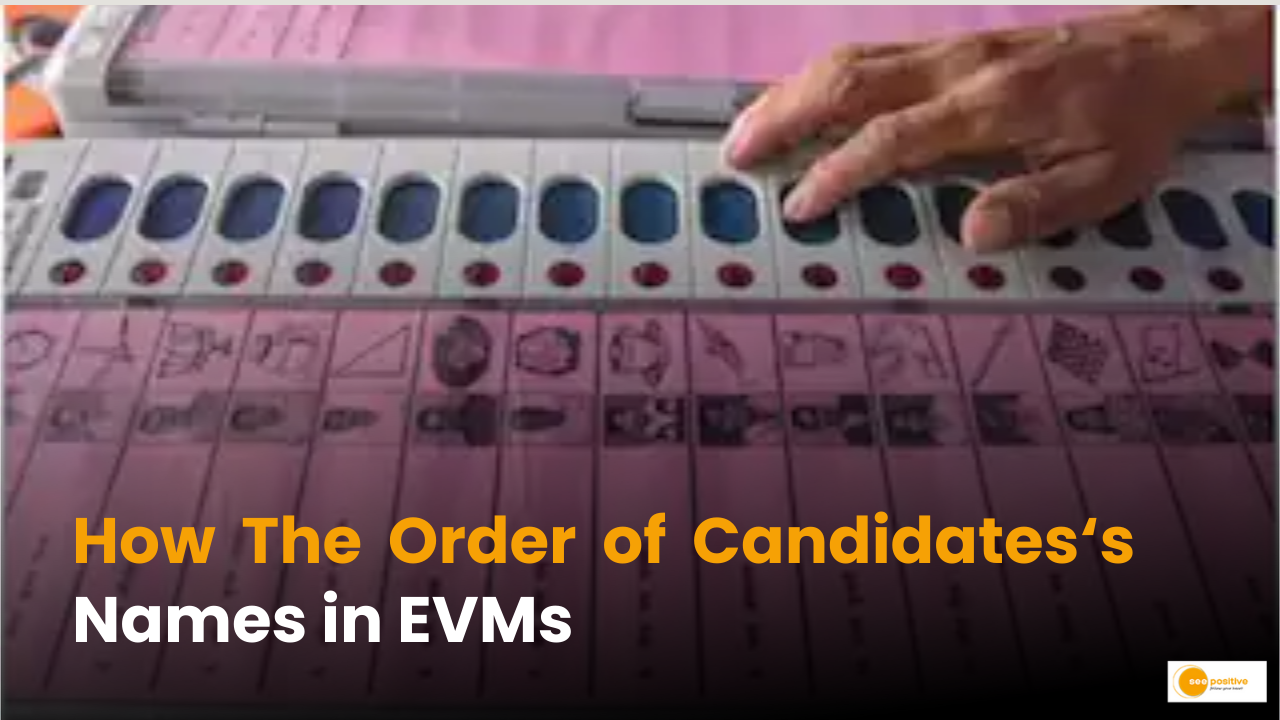In the world’s largest democracy, India, the Electronic Voting Machine (EVM) is a crucial tool for the electoral process. Understanding how a candidate’s name finds its place on this digital ballot is essential for both voters and political participants. This blog post delves into the rules and procedures that dictate the positioning of candidates’ names on EVMs.
The Electoral Process and EVMs
EVMs have revolutionized the Indian electoral system by providing a secure, efficient, and accessible means of casting votes. The order of candidates’ names on the EVM is not arbitrary; it follows a systematic approach as per the guidelines of the Election Commission of India (ECI).
The Rules Behind the Order
The order of candidates’ names on the EVM is determined based on Section 38 of the Representation of the People Act, 1951. The sequence is as follows:
- Candidates of Recognized National & State Political Parties: These candidates are listed first.
- Candidates of Registered Political Parties: Following the recognized parties, candidates from other registered parties are listed.
- Other Candidates: Independent candidates and those from unrecognized parties are listed last.
Within each of these groups, names are arranged in alphabetical order. This ensures a level playing field, preventing any undue advantage that might arise from being positioned first or last on the list.
The Role of Symbols in Indian Elections
Symbols play a significant role in Indian elections. They are not only a means of identification for parties but also aid voters, especially those who may be illiterate, in recognizing their preferred choice. The ECI allots symbols to recognized parties, which can be used by their candidates across the country. New political parties can also be allotted a common symbol if they meet certain conditions, such as fielding candidates in a minimum percentage of constituencies.
The Importance of Transparency
The ECI maintains transparency in the electoral process by involving political parties and candidates in the EVM preparation. Before the elections, a demonstration of the EVMs is conducted, and candidates or their agents are allowed to witness the sealing of the machines.
Conclusion
The positioning of candidates’ names in EVMs is a testament to the democratic ethos of India, ensuring fairness and impartiality. As voters, it’s crucial to understand these nuances of the electoral process, reinforcing the integrity of our vote.


